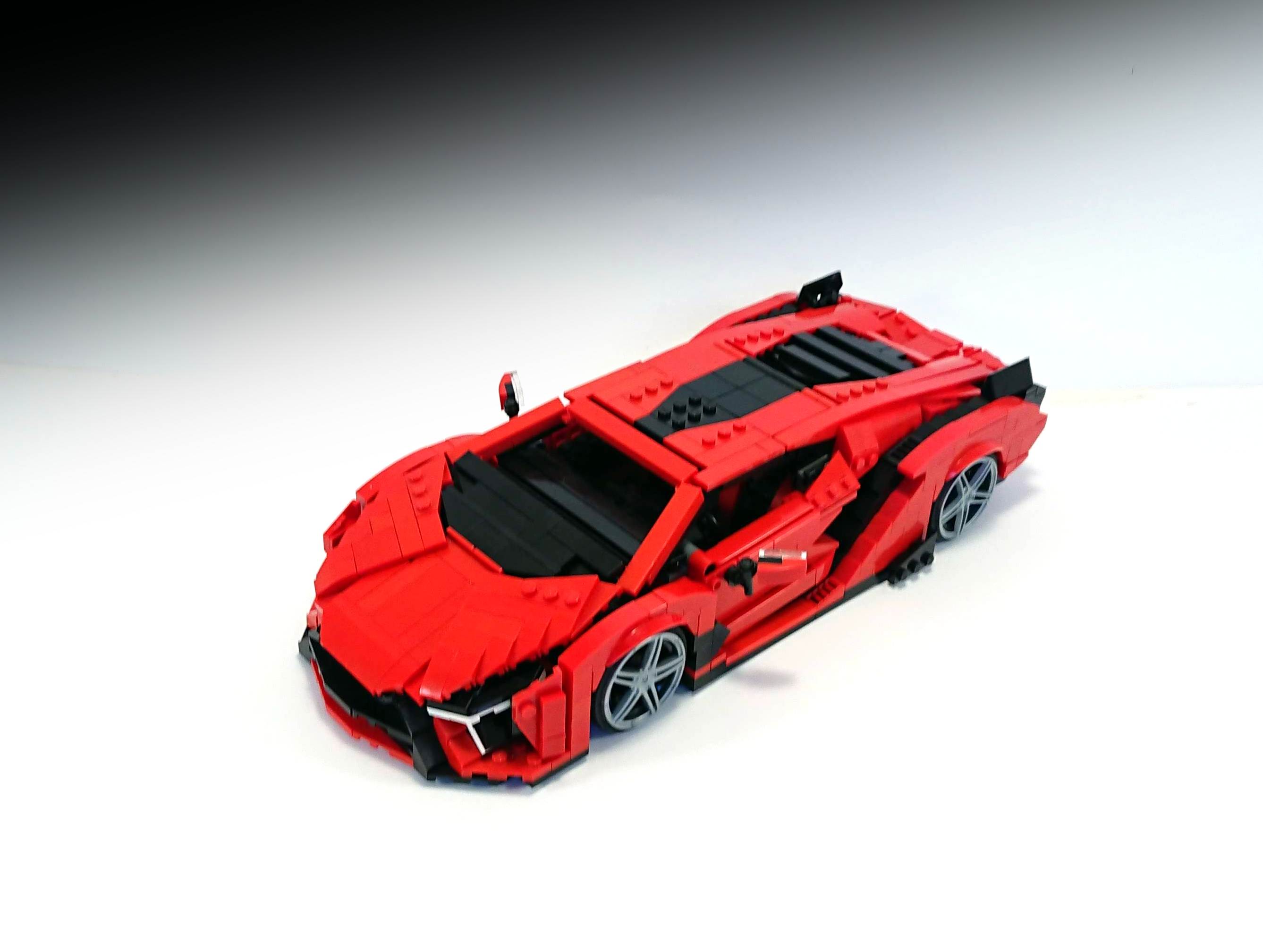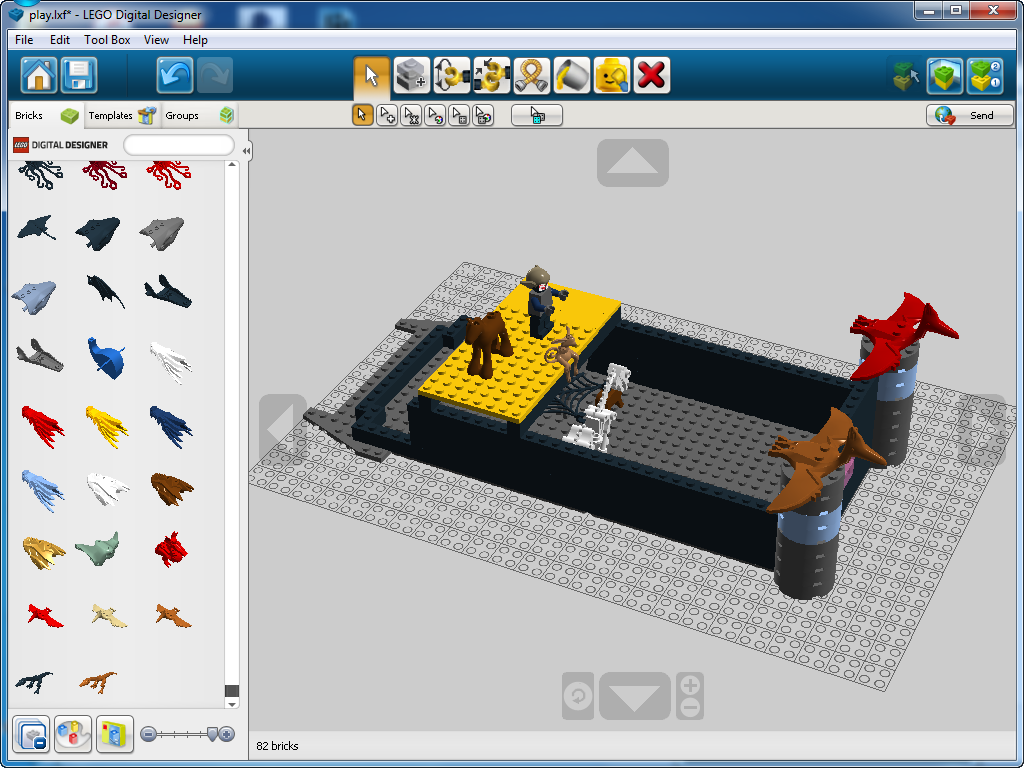

Turing machines proved the existence of fundamental limitations on the power of mechanical computation. Thus by providing a mathematical description of a very simple device capable of arbitrary computations, he was able to prove properties of computation in general-and in particular, the uncomputability of the Entscheidungsproblem ('decision problem'). Does a machine exist that can determine whether any arbitrary machine on its tape ever prints a given symbol?.Does a machine exist that can determine whether any arbitrary machine on its tape is "circular" (e.g., freezes, or fails to continue its computational task)?.With this model, Turing was able to answer two questions in the negative:

It was Turing's Doctoral advisor, Alonzo Church, who later coined the term "Turing machine" in a review. The Turing machine was invented in 1936 by Alan Turing, who called it an "a-machine" (automatic machine). The choice of which replacement symbol to write and which direction to move is based on a finite table that specifies what to do for each combination of the current state and the symbol that is read. Then, based on the symbol and the machine's own present state, the machine writes a symbol into the same cell, and moves the head one step to the left or the right, or halts the computation. At each step of its operation, the head reads the symbol in its cell. It has a "head" that, at any point in the machine's operation, is positioned over one of these cells, and a "state" selected from a finite set of states. The machine operates on an infinite memory tape divided into discrete cells, each of which can hold a single symbol drawn from a finite set of symbols called the alphabet of the machine. Despite the model's simplicity, it is capable of implementing any computer algorithm. (Clicking on each layer gets an article on that subject)Ī Turing machine is a mathematical model of computation describing an abstract machine that manipulates symbols on a strip of tape according to a table of rules.


 0 kommentar(er)
0 kommentar(er)
